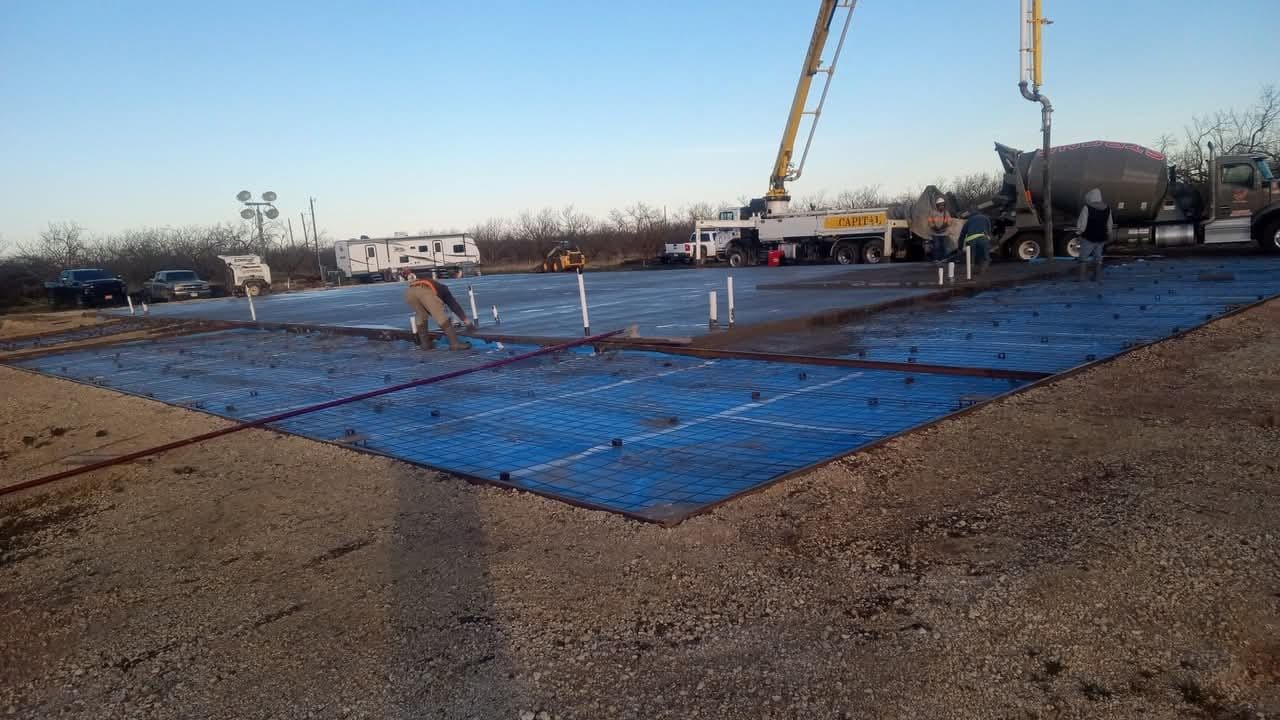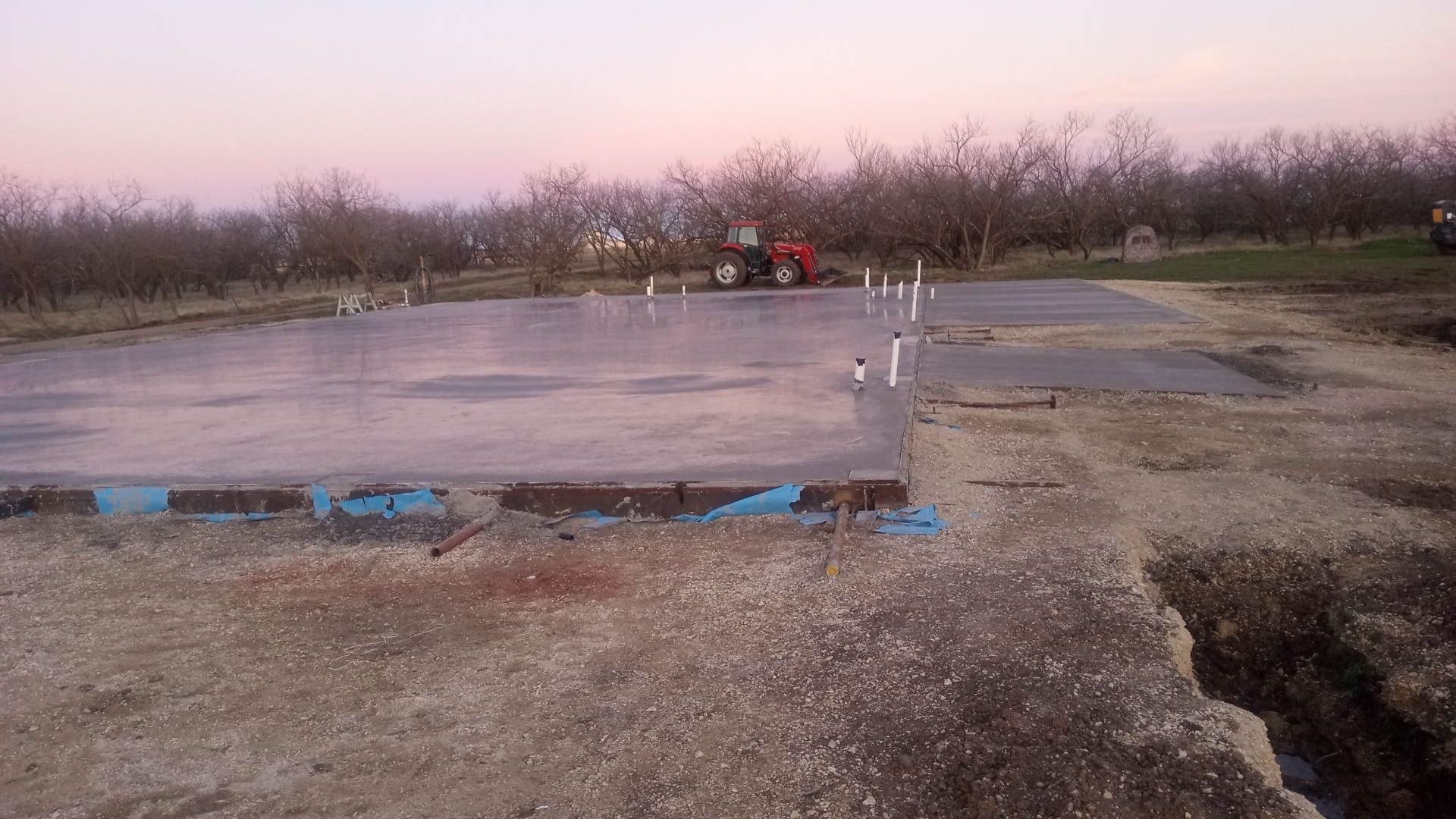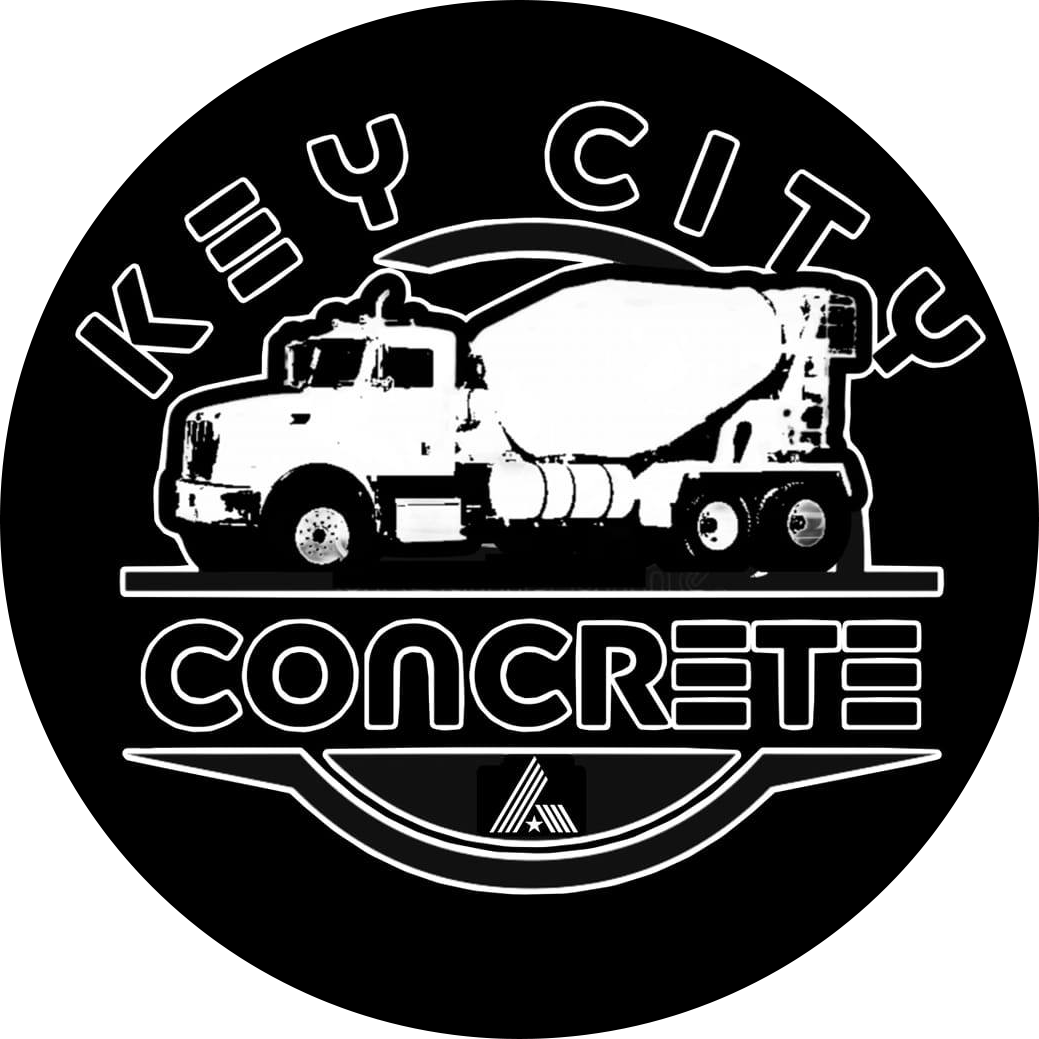Why Commercial Concrete Slabs Last So Long in Building Construction
Commercial concrete slabs are built to last, and for good reason. They need to handle constant traffic, heavy equipment, and the wear and tear of daily business operations. But what makes them so durable? From reinforced structures to special curing techniques, these slabs are designed to stay strong for decades.
Let’s break down why they hold up so well and how to make them last even longer.
What Makes Commercial Concrete Slabs So Strong and Long-Lasting?
Thicker and Designed for Heavy Loads
- Built for warehouses, factories, and commercial buildings
- Supports machinery, vehicles, and constant foot traffic without cracking
- Engineered for high-impact resistance, ensuring longevity even in extreme conditions
Made with High-Strength Concrete Mixes
- Stronger than residential slabs, driveways, or patios
- Resists pressure, impact, and daily wear for decades
- Specialized mixes like fiber-reinforced concrete, air-entrained concrete for freeze-thaw resistance, and post-tensioned slabs for additional strength improve durability
Reinforced for Maximum Durability
- Steel bars (rebar) and wire mesh prevent cracks and structural failure
- Handles heavy loads and shifting ground without breaking down
- Post-tension cables can be used in commercial slabs to increase load capacity and reduce cracking
- Proper reinforcement placement ensures even stress distribution, reducing long-term wear
Naturally Long-Lasting with Minimal Maintenance
- Proper sealing makes it resistant to stains, spills, and wear
- Requires only basic cleaning—no refinishing, waxing, or special treatments
- Regular resealing every few years keeps outdoor slabs protected from moisture and UV damage
Resistant to Fire, Pests, and Moisture
- Concrete doesn’t burn, helping to slow the spread and increasing safety
- Won’t rot, attract termites, or develop mold, unlike wood-based materials
- Chemical-resistant coatings are available for industries that deal with spills and harsh substances
- Additional moisture barriers can prevent internal water damage and prolong slab life
Energy Efficient with Built-In Thermal Mass
- Absorbs and stores heat, regulating indoor temperatures naturally
- Reduces heating and cooling costs over time
- Can contribute to energy savings in large commercial buildings by reducing HVAC strain
Versatile and Customizable
- Can be poured, shaped, stained, or polished for different commercial uses
- Works for industrial spaces, retail stores, and high-end finishes
- Surface treatments like epoxy coatings or polished concrete enhance aesthetics and functionality
Commercial concrete slabs last for decades because they’re designed to handle constant use, environmental stress, and heavy-duty demands. That’s why they’re the go-to choice for businesses that need a strong, reliable foundation.
How Concrete Becomes So Durable
- It starts with the right mix – Concrete is made from cement, sand, rocks, and water. Each ingredient plays a role in making it strong and long-lasting.
- Curing is key – If concrete dries too fast, it can crack or weaken. Commercial slabs are often cured slowly with moisture or special treatments to increase their strength.
- Extra protection – Some commercial slabs have added chemicals or sealers to help them resist cracks, water damage, and wear.
- Built for heavy use – Commercial concrete is designed to handle constant pressure from buildings, machinery, and vehicles without breaking down.
- Durability over time – The right materials, proper curing, and protective treatments help commercial concrete slabs last for decades with minimal upkeep.
- Proper grading and compaction – Ensuring the soil beneath the slab is stable prevents shifting and cracking over time.
- Control joints reduce cracking – Strategically placed joints allow for expansion and contraction without causing surface cracks.
- Post-tensioning methods improve slab resilience, particularly in high-load areas.
What Can Damage a Concrete Slab Over Time?
- Weather changes – When temperatures rise and fall, concrete expands and contracts. Over time, this movement can cause cracks, especially if the slab wasn’t built to handle it. Air-entrained concrete helps prevent damage in freeze-thaw climates.
- Water and moisture – If concrete isn’t sealed properly, water can seep in, weakening the slab and leading to damage like cracks or erosion. Regular sealing prevents this issue.
- Heavy loads – Trucks, forklifts, and other heavy machinery put constant pressure on concrete. If the slab isn’t thick or strong enough, it can start to wear down or crack under the weight. Post-tensioned slabs and reinforced foundations help with load distribution.
- Poor installation – If the ground beneath the slab isn’t prepared correctly, it can shift or sink, causing uneven surfaces and cracks. Compacted soil and a stable base are essential.
- Lack of maintenance – Small cracks and damage can get worse over time if they aren’t repaired. Routine inspections and early repairs save money long-term.
- Deicing salts and chemicals – In cold climates, these substances can cause surface damage and erosion over time. Proper sealing and protective coatings prevent deterioration.
Ways to Make Concrete Slabs Last Even Longer
Concrete is tough, but a few smart steps can make it even stronger and help it last for decades. Here’s what makes the biggest difference:
- Steel Reinforcements Keep Cracks in Check – Adding steel bars or mesh inside the concrete helps hold everything together. This reduces the chances of cracks and shifting, especially in high-traffic areas.
- Expansion Joints Prevent Breaks – Concrete expands and contracts with temperature changes. Expansion joints give it the space it needs to move without cracking. Without them, the slabs can push against each other and break over time.
- Sealing Protects Against Damage – Water, oil, and chemicals can weaken concrete over time. A good sealant acts like a protective shield, stopping moisture and spills from soaking in and causing damage.
- Regular Inspections Catch Problems Early – Small cracks might not seem like a big deal, but they can grow fast. Checking slabs regularly and fixing minor issues early can prevent costly repairs down the line.
- Proper Curing Ensures Strength – Concrete needs time to dry and harden properly. Rushing this process can make it weaker. Keeping it moist during curing helps it reach its full strength.
- A Solid Foundation Matters – If the ground underneath isn’t stable, concrete slabs can sink or crack. Compacted soil and a strong base keep the slab in place and prevent uneven settling.
Taking these steps helps commercial concrete slabs stay strong and hold up against wear, weather, and heavy use for years to come.
Where Are Concrete Slabs Used the Most?
Concrete slabs are essential in places that need strong, durable floors. Here are some of the most common:
- Warehouses and Factories – Built to handle forklifts, heavy machinery, and massive storage loads.
- Shopping Centers and Retail Stores – Designed for constant foot traffic, shopping carts, and delivery trucks.
- Hospitals and Office Buildings – Provide level, sturdy floors for safety and heavy equipment.
- Airports and Parking Lots – Must support cars, trucks, and even airplanes without cracking.
- Schools and Gyms – Tough enough for daily foot traffic, sports, and activities.
Where strength and durability matter, concrete slabs get the job done.
Why Concrete Slabs Are a Smart Choice for Long-Term Value
Choosing concrete slabs isn’t just about strength—it’s a smart investment that pays off over time. Here’s why:
- Built to Last – With proper care, concrete slabs can stay strong for decades, handling heavy use without breaking down.
- Low Maintenance – Unlike other flooring options, concrete doesn’t need constant upkeep. A good seal and occasional cleaning are usually enough.
- Saves Money Over Time – Because it rarely needs repairs or replacement, concrete keeps costs low in the long run.
- Eco-Friendly Option – Concrete is recyclable, reducing waste and making it a more sustainable choice.
For businesses that want durability, affordability, and minimal hassle, concrete slabs are one of the best investments out there.
Frequently Asked Questions
How long does a concrete slab last?
With proper maintenance, a concrete slab can last up to 100 years. It doesn’t rot or decay like wood, making it a long-term investment.
What is the ideal thickness for a concrete slab?
A 4-inch slab is standard for homes, but for heavy vehicles or machinery, 5 to 6 inches provides better support.
What are some downsides of concrete slabs?
Concrete is durable but can crack, wear down over time, hold heat, and requires professional installation for best results.
How can you make a concrete slab stronger?
Using rebar or wire mesh reinforces the slab, reducing cracks and increasing load capacity.
How do you repair cracks in a concrete slab?
Clean the crack, fill larger gaps with sand or a backer rod, apply caulk, smooth it out, and sprinkle sand or small stones to match the surface
Why are concrete slabs expensive?
The cost depends on materials, manufacturing, transportation, and labor, as well as installation complexity.
Get a Concrete Slab That Lasts – Get Your Free Quote Today
A strong foundation is key to any commercial building, and a well-built concrete slab ensures long-term durability with minimal upkeep. With the right materials, reinforcements, and expert installation, your slab can handle heavy loads and constant use for decades. Regular maintenance like sealing, inspections, and proper weight distribution helps prevent costly repairs.
If you're planning a commercial or residential project in Abilene, Key City Concrete is ready to help. With years of experience, we specialize in foundations, slabs, and paving for all types of projects, ensuring durability and long-term savings. Contact us today for a free quote and get a concrete slab built to last!

Business Hours
- Monday
- -
- Tuesday
- -
- Wednesday
- -
- Thursday
- -
- Friday
- -
- Saturday
- -
- Sunday
- -
Service Areas
- Abilene, TX
- Potosi, TX
- Clyde, TX
- Merkel, TX
- Baird, TX
- Anson, TX
- Albany, TX
- Stamford, TX
- Winters, TX
- Hamlin, TX
- Sweetwater, TX
Key City Concrete | Design by: Quantumhawkseo.com


